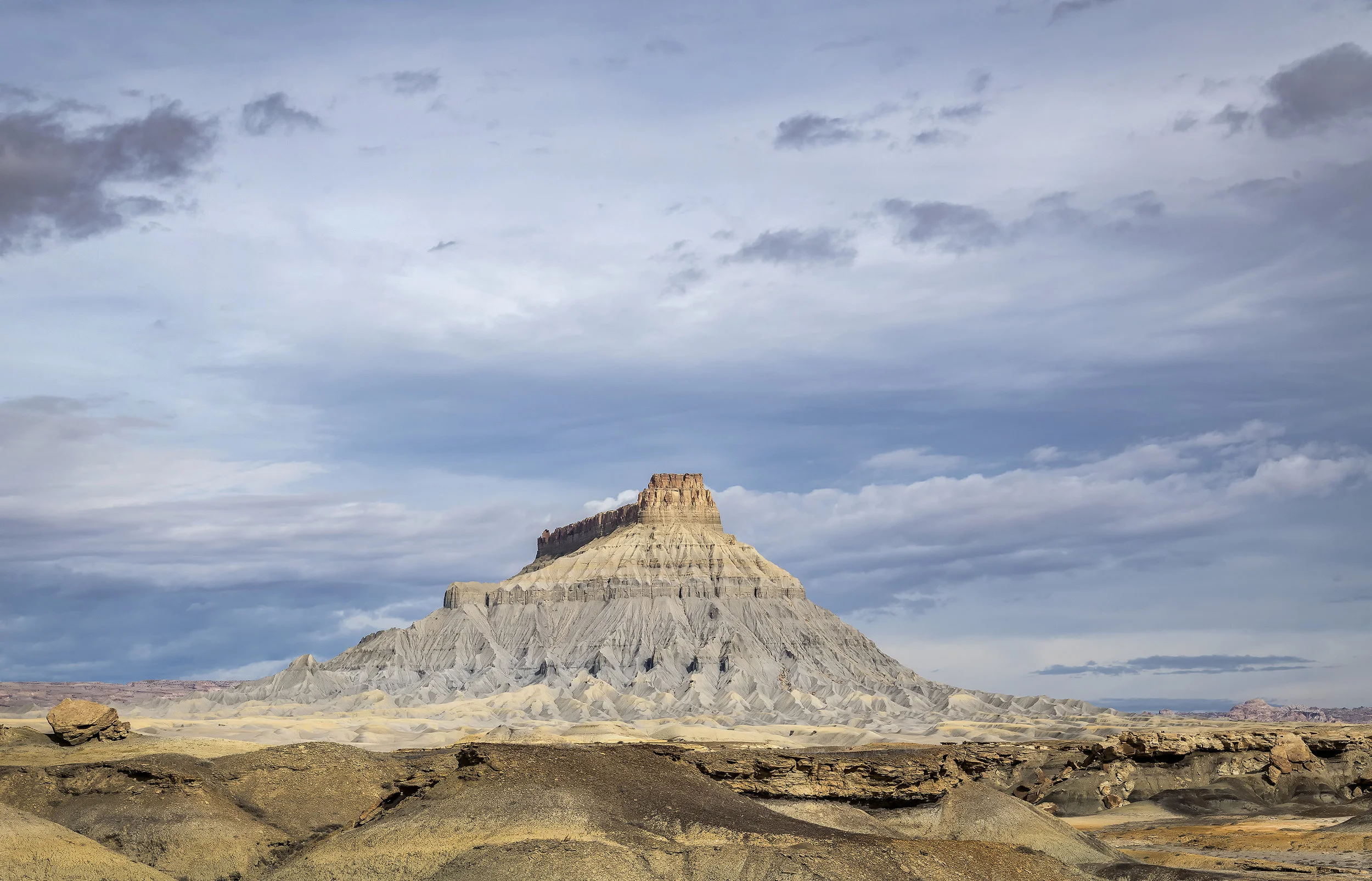After our trip to Montana and Glacier National Park, where it was often too sunny (quite a complaint, I know) for optimal photography in the area, I decided that a return visit to Redwood State and National Park where I had great photographic success last summer, would be ideal. I had fog every single day there and it would be perfect. Naturally, I started checking the weather forecasts for the area a few weeks before my trip and I realized that I was going to get skunked again—It was going to be bright and sunny every day. Hardly any clouds or fog expected! Great, just what I didn’t need…well, I decided quickly that I would just have to make the best of it.
There is basically only one place to stay in Redwood NP and one restaurant to eat in, which is very discouraging to most people, so the park, even in summer, is not very crowded. That fact makes it fairly free in the park to do what you want and drive around easily, always a major issue in the more crowded national parks. I quickly decided that if fog was not going to show up very much, if at all, I would go into the park very early and come back later in the evening, much as I did at Rocky Mountain NP a year ago. In both cases, the sun would be behind the hills and mountains at those times, so I could do some serious work. This approach worked reasonably well, though I would have really liked that fog, which made for beautiful photos a year ago. I did have some fog ultimately on two days for brief periods and hit a few outstanding ones during those periods. I also made some great starbursts through the trees that I liked quite a bit, though staring at the sun to make these photos work was not the greatest idea. in any event, I wound up with a fairly good collection of images that I liked a lot, even with the weather gods conspiring against me.
One sort of sad note: on my last day out west, I was leaving the park when I saw a man photographing with a tripod along the side of the Del Norte Redwoods, always a sign of a serious photographer. I quickly realized that the fog in this area was perfect and what I had originally hoped for when I planned this trip. I jumped out of my car and started photographing. It wasn’t too log before we struck up a conversation and kept talking as we worked. He was very pleasant and knowledgable, making some good suggestions about images to try. But then he decided that it was about over for the fog and he decided to leave. I urged him to stay a bit longer as you never know when the fog might roll back in and with the sun coming up, it might be quite interesting in a little while. My urging was to no avail, and he packed up his camera and drove away. Not five minutes later, the fog reappeared with the sun blasting some of the best light rays I have ever seen through the Redwoods as seen below. Within the next 10 minutes, I had a collection of about a dozen cars that also pulled over to the side of the road to snap this incredible scene. But my friend was nowhere to be found, even though he had told me that those conditions were exactly what he wanted. I felt truly bad for him, though he’ll never know what he missed unless he one day finds this online.
Sun Rays and Tree, Del Norte Redwoods, California 2019





















